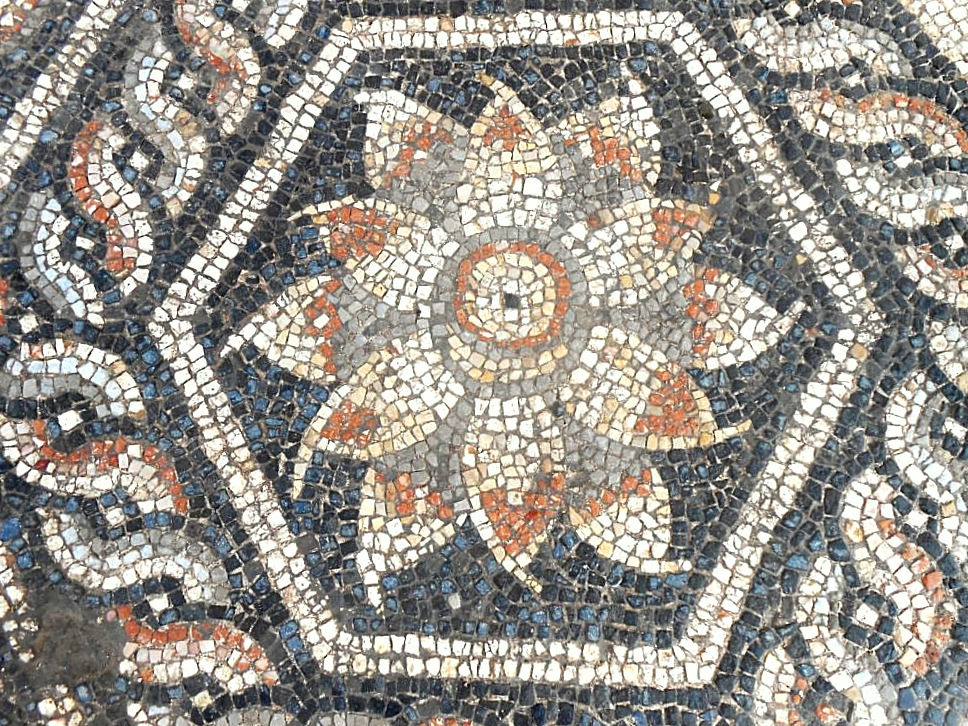Beautiful Mosaic Dated To Graeco-Roman Times Discovered In Alexandria, Egypt

The ancient urban complex of Kom el-Dikka has been excavated by Poland’s Centre for Mediterranean Archaeology (CAS since 1960. Polish archaeologists work in cooperation with the Egyptian Ministry of Antiquities. Kom el-Dikka is a neighborhood in Alexandria, Egypt. Now an important archaeological site, Kom Al Dikka was a well-off residential area in Graeco-Roman times, with impressive villas, bathhouses and a theatre.
Image: A new mosaic was found by a team of Polish archaeologists in Kom el-Dikka site in Alexandria. Image credit: Poland’s Centre for Mediterranean Archaeology (CAŚ)
The ancient urban complex of Kom el-Dikka has been excavated by Poland’s Centre for Mediterranean Archaeology (CAS since 1960. Polish archaeologists work in cooperation with the Egyptian Ministry of Antiquities.
Kom el-Dikka is a neighborhood in Alexandria, Egypt. Now an important archaeological site, Kom Al Dikka was a well-off residential area in Graeco-Roman times, with impressive villas, bathhouses and a theatre.
The site still have many artifacts that can be unearthed. Digging has uncovered successively a vast fragment of the Late Antique city (4th–7th centuries AD) including a small theatre, the grand Imperial bath and a unique group of twenty-two lecture halls – apparently the remains of an ancient “university”.
In recent years, excavation work concentrated on the study of the still mostly unknown residential architecture of Roman Alexandria (1st–3rd centuries AD).

